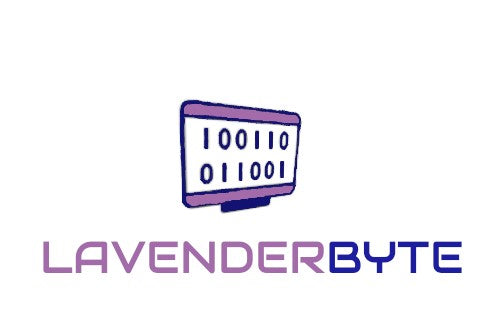System Architecture
What is Computer Systems Architecture?
- The study of the structure, organisation and functionality of computer systems.
- This includes understanding how hardware and software components interact to perform tasks.
Components:
|
Central Processing Unit (CPU) |
The CPU is the brain of the computer, responsible for executing instructions from programs.
|
|
Memory and Storage |
Refer to components that store data and instructions.
Example:
|
|
Input and Output (I/O) Devices |
Devices that allow interaction with the computer, either by providing input or receiving output.
Example:
|
| Buses and Communication | Buses are communication systems that transfer data between components inside a computer.
Example:
|
| System Software | Software that manages and controls computer hardware.
Example:
|
